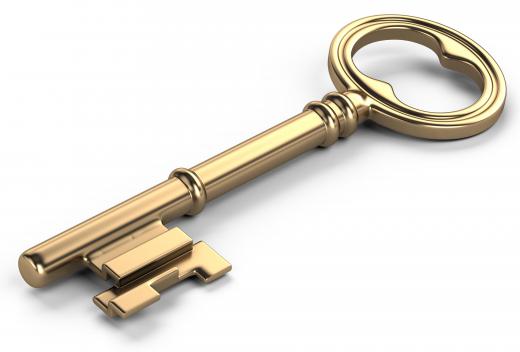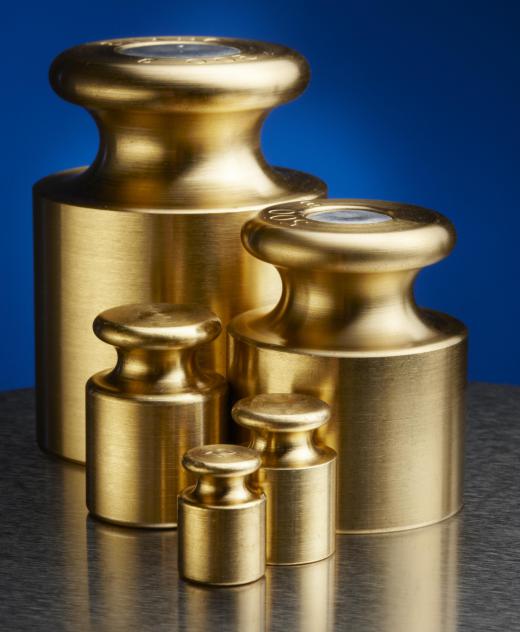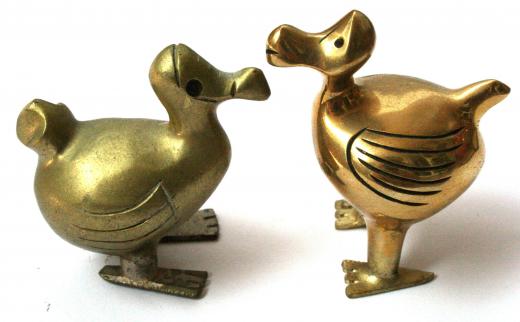There are many uses for brass, from hammers and tools to musical instruments. Brass has been used for thousands of years to make weapons, sculptures and even armor for warriors. In manufacturing areas that contain explosive fumes, materials or liquids, brass is commonly used to make fasteners that will not spark and potentially create an explosion.
Many machinists use a brass hammer to allow hammering on a delicate steel machining without leaving a damaging mark. The softer material will not mar the much harder surface of the steel, thereby allowing the machinist to pound on the delicate steel component without fear. In some applications, the use of a brass hammer is also intended to avoid making a spark. Unlike a steel hammer that can send a spark into explosive gas or materials and cause an explosion, the softer metal will not spark when struck against a steel object. Refineries, oil fields and many mining companies use the softer hammers when needed.

Musical instruments are manufactured from the shiny metal for several reasons. The tonal quality of the metal makes a brass instrument pleasing to the ear. Also, the metal is softer than most other metals, which allows the tubing to be twisted into complex windings, such as those of the trumpet and French horn. This soft metal is also lighter than steel, making it possible for the instruments to be carried for long periods by marching band members. The high luster of the metal also makes the instruments as visually appealing to the eye as they are musically appealing to the ear.

It is the ability of the soft metal to conduct electricity that makes brass a good choice for electronic devices. Used as contacts for speaker wires, the metal is very good at conducting a wide range of signals, which are transferred into a full, rich sound by the speaker. Being easily manipulated and fashioned, brass is a good medium for sculptors and trophy makers alike. The soft metal can be shaped and molded into an artist's impression of many different types of objects.

Rivets of the metal have been used in blue jeans and other types of clothes, boots and other garments for centuries. Some famous makers of denim products use the rivets as a trademark sign on product lines. In high-corrosion areas, nuts, bolts and even tools are manufactured from this soft metal due to the anti-corrosive tendencies of the material. It is also common to use a wrench made of the same soft metal as the fasteners when working in a dangerously explosive environment.
